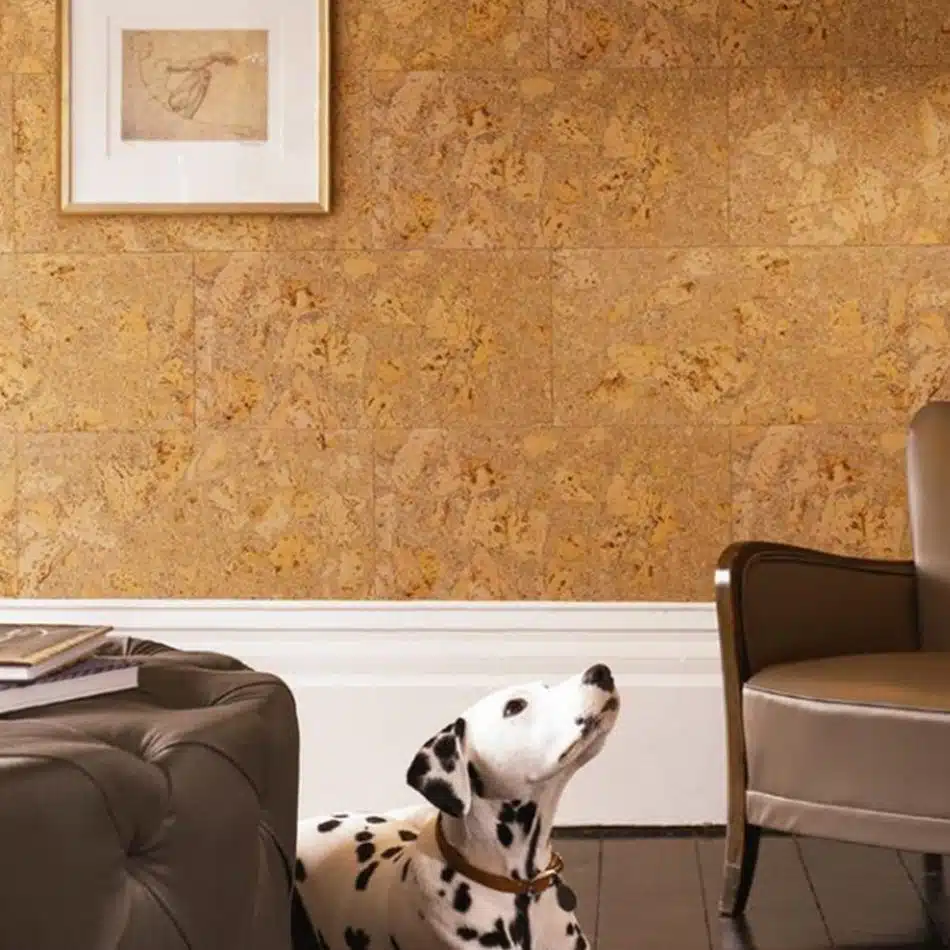

In recent years, Cork, a sustainable and versatile material, has become a much more popular choice for interiors. With its minimal yet contemporary look, cork is not just a choice but a statement for environmentally conscious homeowners and designers alike.
The cork trend is expected to continue into 2024, so, let’s take a look at the reasons behind the growing appeal of cork floors and walls, and how they can elevate the aesthetic and functionality of any space.
Why Are Cork Floors and Walls So Popular
Cork tiles for walls and floors are well known for their environmental benefits, but they’re hugely popular for their unique design aesthetic that they bring to an interior too.
Cork lends a natural and contemporary feel to an interior. It’s a more unexpected choice than traditional wooden flooring or ceramic tiles, giving immediate visual interest as you step into a space.
In terms of cork flooring, there is so much more variety than you may initially think which makes it versatile and suited to a range of properties. Let’s have a look at a few of the options for interiors.
Interlocking Cork Flooring
This type of cork flooring, also known as floating cork flooring, is designed for easy installation. The tiles or planks come with a tongue-and-groove system that allows them to fit snugly together without the need for glue.
This feature makes them a popular choice for DIY enthusiasts or those looking to minimise installation time and costs. Interlocking cork floors are ideal for laying over existing flooring materials and are excellent for areas where you want to improve insulation without a complete overhaul. They are also easier to replace or remove if needed.
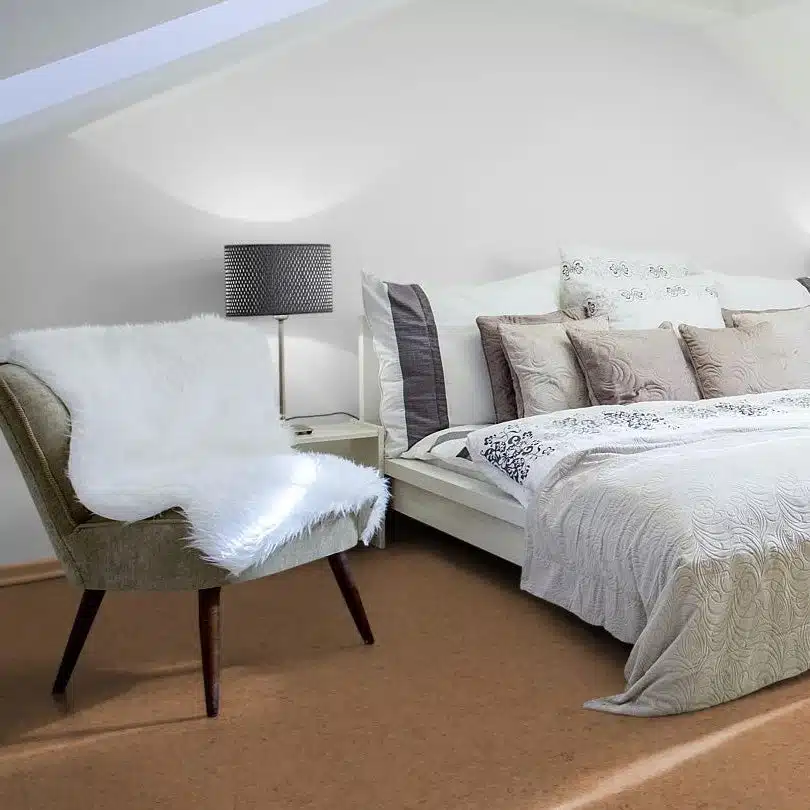
Glue-Down Cork Flooring
For a more permanent and stable solution, glue-down cork flooring is the way to go. This installation method involves adhering each cork tile directly to the subfloor, offering a more durable and long-lasting surface. Glue-down cork floors are particularly suitable for high-traffic areas or commercial spaces.
While the installation process is more labour-intensive and permanent than interlocking systems, the result is a seamless, sturdy flooring that can handle more wear and tear.
Glue-down cork flooring is a superior choice for kitchens and bathrooms because of their durability (especially areas that are subject to frequent spillages).

Cork Wall Tiles and 3D Wall Tiles
Moving beyond the floor, cork has made a significant impact on wall decor. Cork wall tiles offer a stylish and eco-friendly way to add texture and warmth to a room.
The latest trend in this area is 3D cork wall tiles, which provide not only the natural beauty and warmth of cork but also an additional layer of visual interest and acoustic benefits.
These tiles come in various geometric patterns and designs, allowing for creative and personalised wall installations. They are perfect for accent walls, headboards, or any space where you want to add depth and dimension.
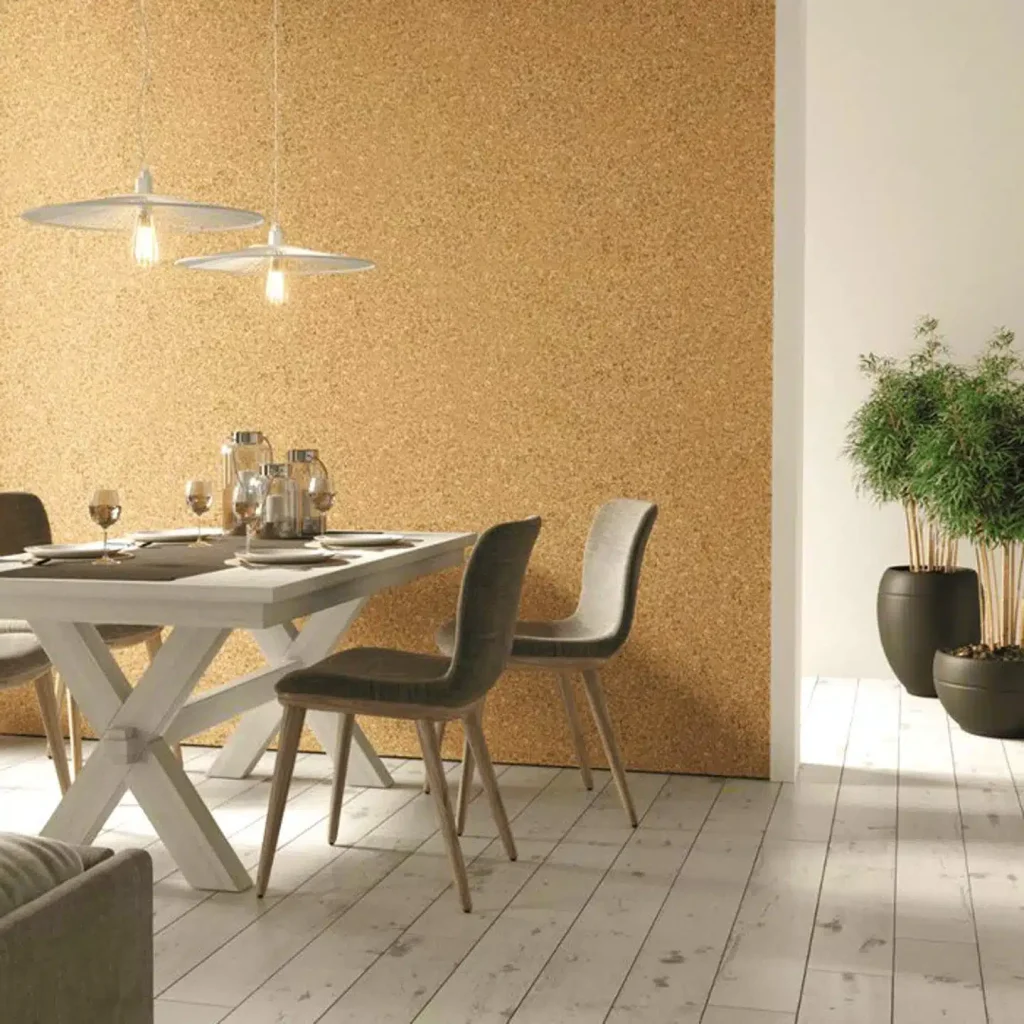
Benefits of Cork-Based Construction Materials
Cork-based construction materials are not just a trend, they’re a smart, sustainable choice for modern construction and interior design. Leaning towards sustainable and more conscious choices in our interiors is something that increases year on year.
Here are the key benefits that make cork an exceptional choice for builders, homeowners, and designers.
Eco-Friendliness
Cork is harvested from the bark of the cork oak tree, which means the tree is not cut down, and the bark regenerates over time.
This makes cork an incredibly sustainable resource, reducing environmental impact and promoting a healthier planet.
Durability
Despite its soft, comfortable feel underfoot, cork is remarkably resilient and can withstand years of use.
It has a unique cellular structure that makes it resistant to impacts, scratches, and liquid spills, ensuring your floors and walls remain in pristine condition for longer.
Thermal Insulation
Cork is naturally insulating, helping to maintain a comfortable temperature in your home throughout the year. This can lead to significant energy savings, as cork can help reduce the need for heating in the winter and cooling in the summer.
Sound Absorption
The same properties that provide thermal insulation also make cork an excellent sound absorber.
Cork floors and walls can dramatically reduce noise levels, making them ideal for busy households, high-traffic areas, and spaces requiring tranquillity, such as home offices or studios.
Easy Maintenance
Cork floors and walls are incredibly easy to maintain. Regular sweeping and occasional mopping with a damp cloth are all it takes to keep cork looking beautiful for years.
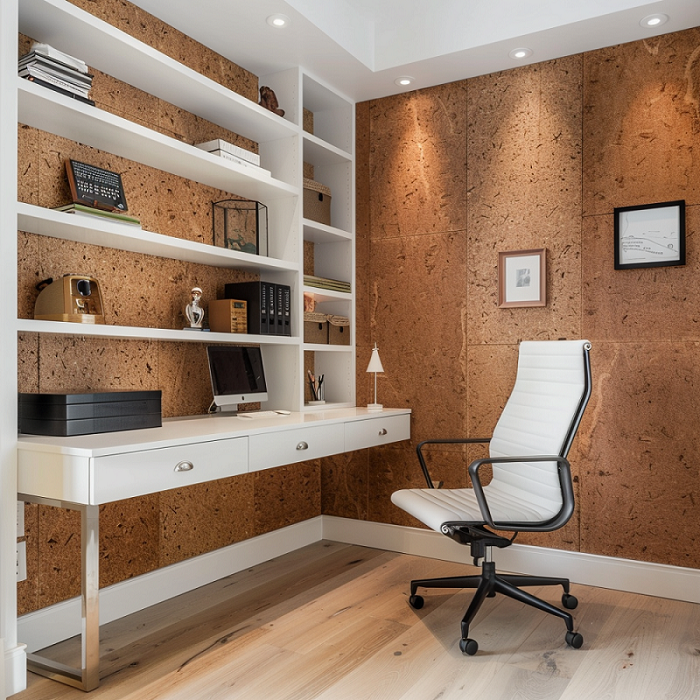
Beyond floors and walls, cork is being used in furniture, home accessories, and even in fashion, broadening its appeal and showcasing its versatility. Will you be planning on using cork tiles in your next interior project?
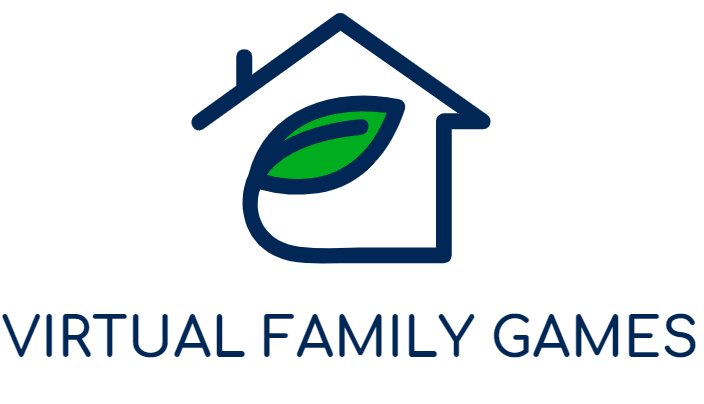



Leave a Reply